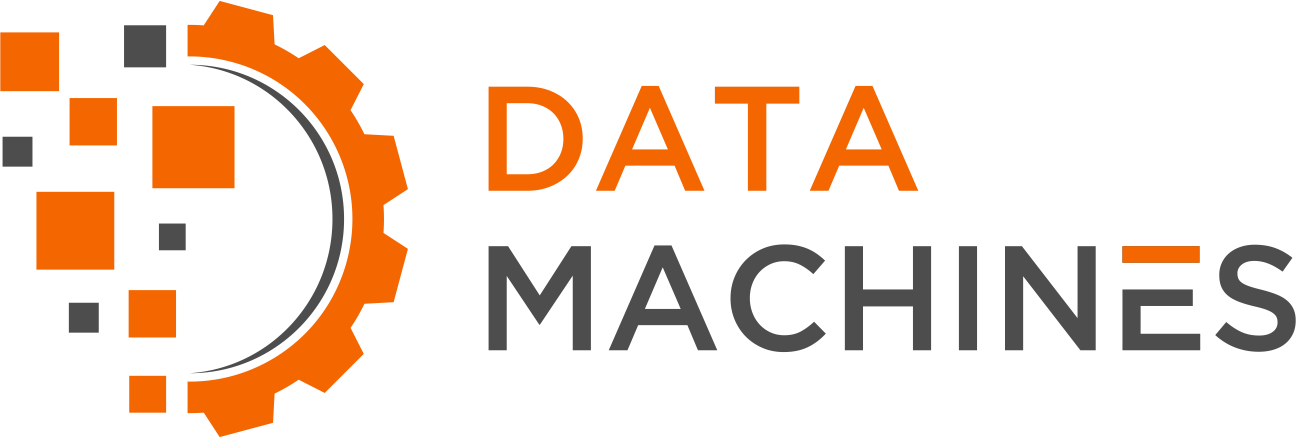DMC Attends the 2022 Special Operations Forces Industry Conference
Burt Thompson, President of Data Machines Corp. (DMC), recently participated in this year’s National Defense Industrial Association (NDIA) Special Operations Forces Industry Conference (SOFIC), which took place May 16-20 in Tampa, Fla. The conference theme was “Campaigning with Partners for Integrated Deterrence.”
This was the first in-person SOFIC since 2019—and the largest yet, beckoning more than 14,000 leaders to Tampa and permitting more than 500 companies to exhibit their work and share their ongoing research.
During his time spent at the five-day conference, Thompson visited the exhibit halls, attended informative sessions, and networked with fellow leaders, sharing with many of them the ongoing projects at DMC. He described the panel discussions and educational sessions as “well-run and useful.” Of all the briefs and presentations in which he participated, Thompson was most intrigued by those relating to the United States Special Operations Command (SOCOM). SOCOM, Thompson said, “invests in tech that applies to multiple-use cases and is serious about including small businesses in their solution sets.”
One of Thompson’s most poignant observations involved learning that key technology pathways for partnership are moving toward narrower acquisition areas, with a focus on Next Generation Intelligence; Biotechnology and Human Interface; and Networks and Data Management, just to name a few.
Thompson and the team at DMC would like to thank NDIA for planning the SOFIC conference, and for all the locals and leaders throughout Tampa, Fla., who helped make it possible. Thompson mentioned that a lot of thought, time, and effort was invested into each aspect of this conference, and, as such, a conference of this caliber served all attendees well by encouraging them to return to their cities feeling inspired to not only forge new partnerships, but also to strengthen existing ones.
